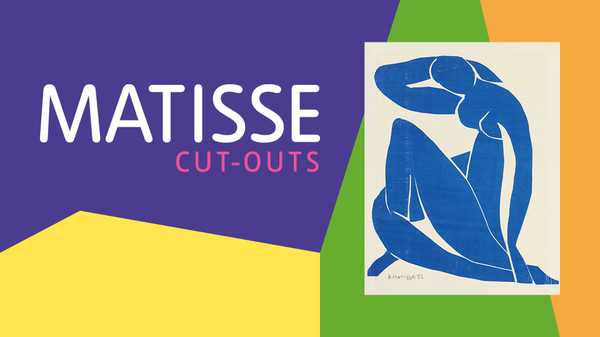Originally posted by amateur51
View Post











 Who knew that the Russian response to Cubism was Cone-ism?
Who knew that the Russian response to Cubism was Cone-ism? 

 Not an Artist whose work (or even name) I'd encountered before. A sample of some of her work on the Tate Lverpool website:
Not an Artist whose work (or even name) I'd encountered before. A sample of some of her work on the Tate Lverpool website:

 , gurne.
, gurne.

 , gurne.
, gurne.




 )
)


Comment